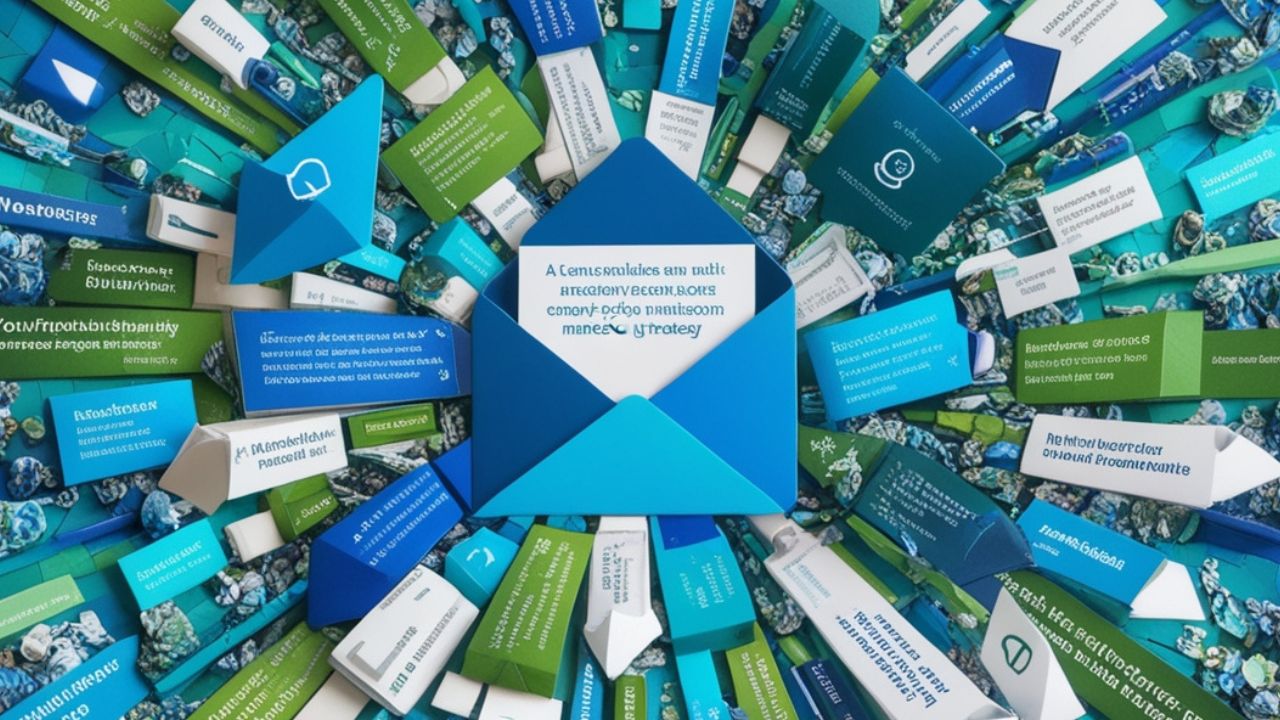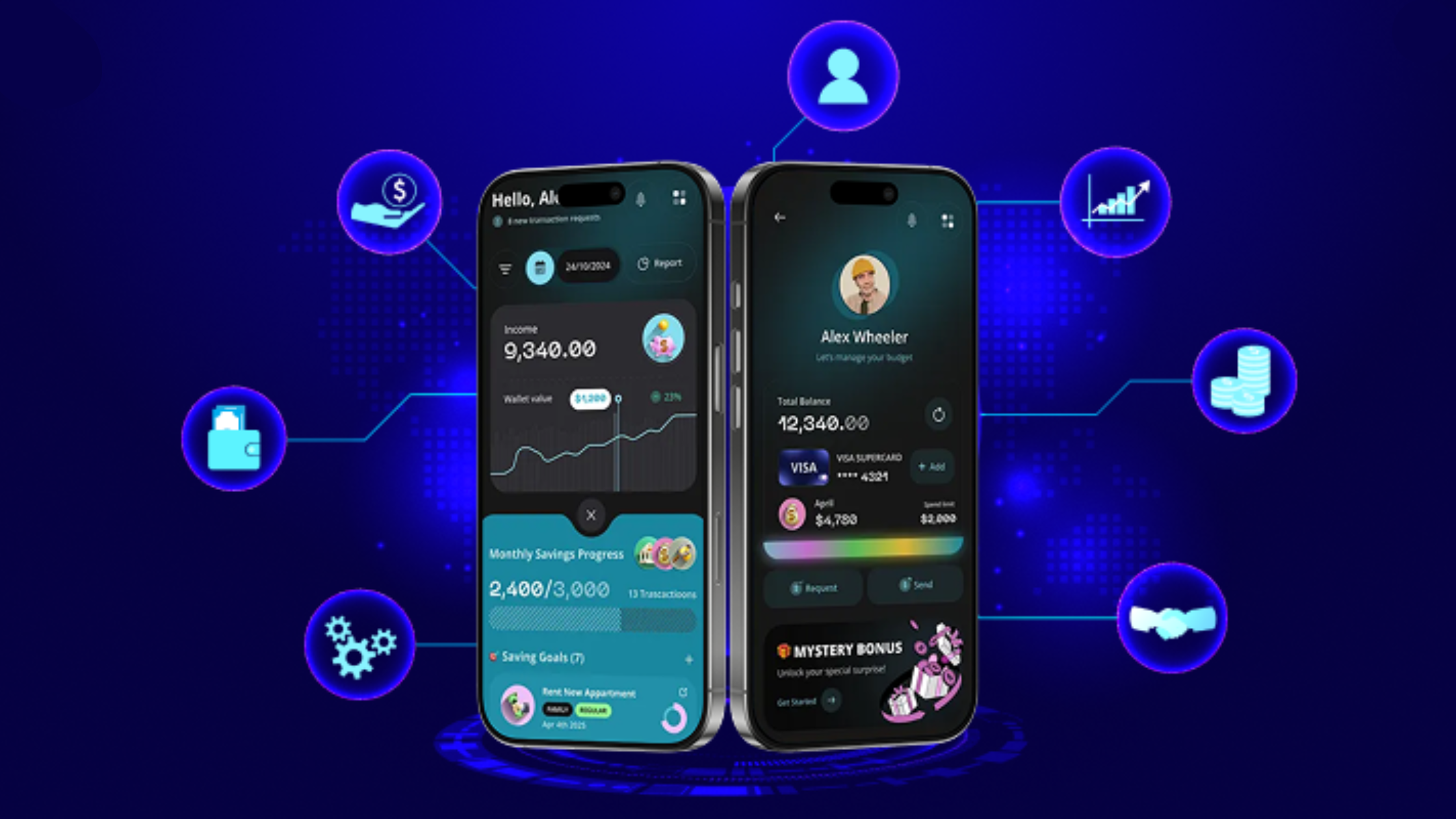In the digital marketing landscape, email remains one of the most powerful tools for engaging customers, driving sales, and building brand loyalty. However, with inboxes becoming increasingly crowded, creating an effective email marketing strategy is more crucial than ever. This blog post will guide you through the process of developing a robust email marketing strategy that delivers results.
1. Define Your Goals
Before diving into the tactical aspects of email marketing, it’s essential to clearly define your objectives. Common goals for email marketing campaigns include:
– Increasing brand awareness
– Driving website traffic
– Generating leads
– Boosting sales
– Improving customer retention
– Promoting new products or services
Having clear goals will help shape your strategy and provide metrics for measuring success.
2. Build and Segment Your Email List
The foundation of any successful email marketing strategy is a high-quality, permission-based email list. Focus on organic list-building tactics such as:
– Offering valuable content upgrades
– Using opt-in forms on your website
– Collecting email addresses at events or in-store
– Running social media campaigns to encourage sign-ups
Once you’ve built your list, segment it based on criteria such as:
– Demographics
– Purchase history
– Engagement level
– Interests or preferences
Segmentation allows you to send more targeted, relevant emails, which typically result in higher open rates, click-through rates, and conversions.
3. Choose the Right Email Marketing Platform
Selecting an appropriate email marketing platform is crucial for implementing your strategy effectively. Consider factors such as:
– Ease of use
– Automation capabilities
– Integration with your other marketing tools
– Analytics and reporting features
– Pricing and scalability
Popular options include Mailchimp, Constant Contact, ConvertKit, and Klaviyo. Choose a platform that aligns with your needs and budget.
4. Design Engaging Email Templates
Your email design should reflect your brand identity and be optimized for both desktop and mobile devices. Key elements to consider include:
– A clear and compelling subject line
– Personalized greeting
– Engaging header image
– Concise and scannable content
– Prominent call-to-action (CTA) buttons
– Footer with unsubscribe option and contact information
Create a variety of templates for different types of emails (newsletters, promotional offers, welcome series, etc.) to maintain consistency while allowing for flexibility.
5. Craft Compelling Content
The content of your emails should provide value to your subscribers and align with your marketing goals. Consider the following types of content:
– Educational articles or tips
– Product updates or new releases
– Exclusive offers or discounts
– Customer success stories
– Behind-the-scenes content
– Curated industry news
Remember to keep your content concise, engaging, and relevant to your audience’s interests and needs.
6. Implement Automation
Email automation can significantly improve the efficiency and effectiveness of your email marketing efforts. Set up automated email sequences for:
– Welcome series for new subscribers
– Abandoned cart reminders
– Post-purchase follow-ups
– Re-engagement campaigns for inactive subscribers
– Birthday or anniversary emails
Automation ensures timely, relevant communication with your subscribers without requiring manual intervention for each email.
7. Optimize for Mobile
With more than half of all emails now opened on mobile devices, mobile optimization is no longer optional. Ensure your emails are mobile-friendly by:
– Using responsive design
– Keeping subject lines short (30-40 characters)
– Using larger font sizes for easy reading on small screens
– Making CTAs touch-friendly
– Optimizing images for quick loading
Test your emails on various devices and email clients to ensure they display correctly across platforms.
8. Personalize Your Emails
Personalization goes beyond simply including the recipient’s name in the email. Use the data you’ve collected to tailor your emails based on:
– Past purchase behavior
– Browse history on your website
– Location
– Personal preferences
Personalized emails have been shown to increase open rates, click-through rates, and conversions significantly.
9. Test and Optimize
Continuous testing and optimization are key to improving the performance of your email marketing campaigns. Elements to test include:
– Subject lines
– Email content and layout
– Send times and frequency
– CTAs (placement, color, text)
– Personalization strategies
Use A/B testing to compare different versions of your emails and identify what resonates best with your audience.
10. Monitor and Analyze Performance
Regularly review your email marketing metrics to gauge the effectiveness of your campaigns and identify areas for improvement. Key metrics to track include:
– Open rate
– Click-through rate (CTR)
– Conversion rate
– Unsubscribe rate
– Bounce rate
– Revenue per email
Use these insights to refine your strategy and improve future campaigns.
11. Maintain List Hygiene
A clean email list is crucial for maintaining high deliverability rates and avoiding spam filters. Regularly clean your list by:
– Removing inactive subscribers
– Updating incorrect or outdated email addresses
– Implementing a double opt-in process for new subscribers
– Providing an easy unsubscribe option
A smaller, engaged list is more valuable than a large list with low engagement rates.
12. Stay Compliant with Regulations
Ensure your email marketing practices comply with relevant regulations such as the CAN-SPAM Act, GDPR, or CCPA, depending on your location and the locations of your subscribers. Key compliance points include:
– Obtaining explicit consent before sending marketing emails
– Providing clear unsubscribe options
– Including your physical address in emails
– Being transparent about data collection and usage practices
Non-compliance can result in hefty fines and damage to your brand reputation.
13. Integrate with Other Marketing Channels
For maximum impact, integrate your email marketing efforts with your other marketing channels. This can include:
– Using social media to grow your email list
– Repurposing email content for social media posts or blog articles
– Coordinating email campaigns with other marketing initiatives
– Using retargeting ads to reinforce email messages
An integrated approach ensures a consistent brand message across all touchpoints and can amplify the effectiveness of your marketing efforts.
Conclusion
Creating an effective email marketing strategy requires careful planning, consistent execution, and ongoing optimization. By following these steps and best practices, you can develop a strategy that engages your audience, drives conversions, and contributes significantly to your overall marketing success.
Remember that email marketing is not a “set it and forget it” tactic. The digital landscape and consumer preferences are constantly evolving, so it’s essential to stay informed about industry trends and be willing to adapt your strategy as needed.
With the right approach, email marketing can be a powerful tool for building lasting relationships with your customers and driving sustainable business growth. Start implementing these strategies today, and watch your email marketing effectiveness soar.







